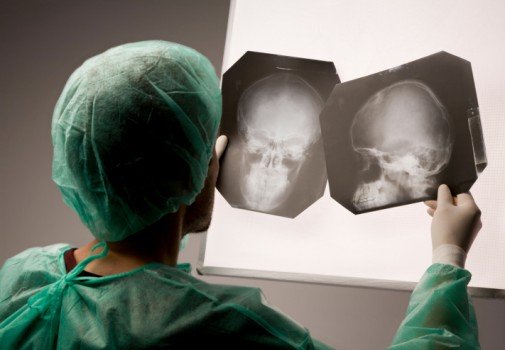The association between repeated blows to the head associated with motor activity commonly seen in the NFL and the development of Chronic Traumatic Encephalopathy (CTE) was certainly not recognized until recent decisions by the National Institutes of Health.
They compare recurrent traumatic brain injury to CTE, a degenerative brain disorder that presents with symptoms such as aggression, depression, paranoia, anxiety, short-term memory loss, confusion, dementia, and poor judgment. And a clear relationship can be found between both.
This decision contradicts the position of the Concussion Study Group (CISG) in Sports, which is supported by FIFA, World Rugby, the International Hockey Federation, the IOC, and others.
In the CISG-published paper on concussion, the link between CTE in sports and brain injury is downplayed. This claim has been used in lawsuits brought by sports federations by athletes affected by the disease. McCrory, the lead author, resigned after receiving allegations of plagiarism in some of his articles.
The report filed with the judge said the plagiarism did not affect McCrory’s work in the AFL, the league to players as the “manner in which some of the research and clinical programs were at times conducted”.
“Now that causation has been established, the world has a tremendous opportunity to prevent future cases of CTE,” said a spokesperson for the Concussion Legacy Foundation to the Guardian.
“The only known cause of CTE is environmental exposure, and in most cases a choice – the choice to play contact sports.
“Our goal is to reform all youth sports so they no longer include preventable repetitive head impacts before age 14 – no heading in soccer, no tackling in [American] football and rugby.”
“This change, combined with logical limits to repeated head impacts in sports for people over 14 (such as no hitting in football/rugby practice and strict limits on headers in practice) would be expected to prevent the vast majority of future CTE cases.”
Found cases of CTE in football due to head blows
In 1994, the first Mild Traumatic Brain Injury Committee was formed, chaired by Dr. Jets. In his first interview, he even downplayed the work assigned to him.
That all changed in 1997 when four-time Super Bowl champion Mike Webster filed a disability complaint with the NFL Retirement Board, claiming he developed dementia as a result of his league-era football career. In 1999, the NFL admitted it personally and compensated Webster for his $2 million.
The former player died of cardiac arrest at the age of 50 after years of suffering from various cognitive impairments.
Mike died in 2002, and his autopsy revealed significant damage to the brain, by forensic neuropathologist Dr. Bennet Omalu. Andre Waters’ brain was examined by Omalu as well, whom they tried to silence and discredit.


